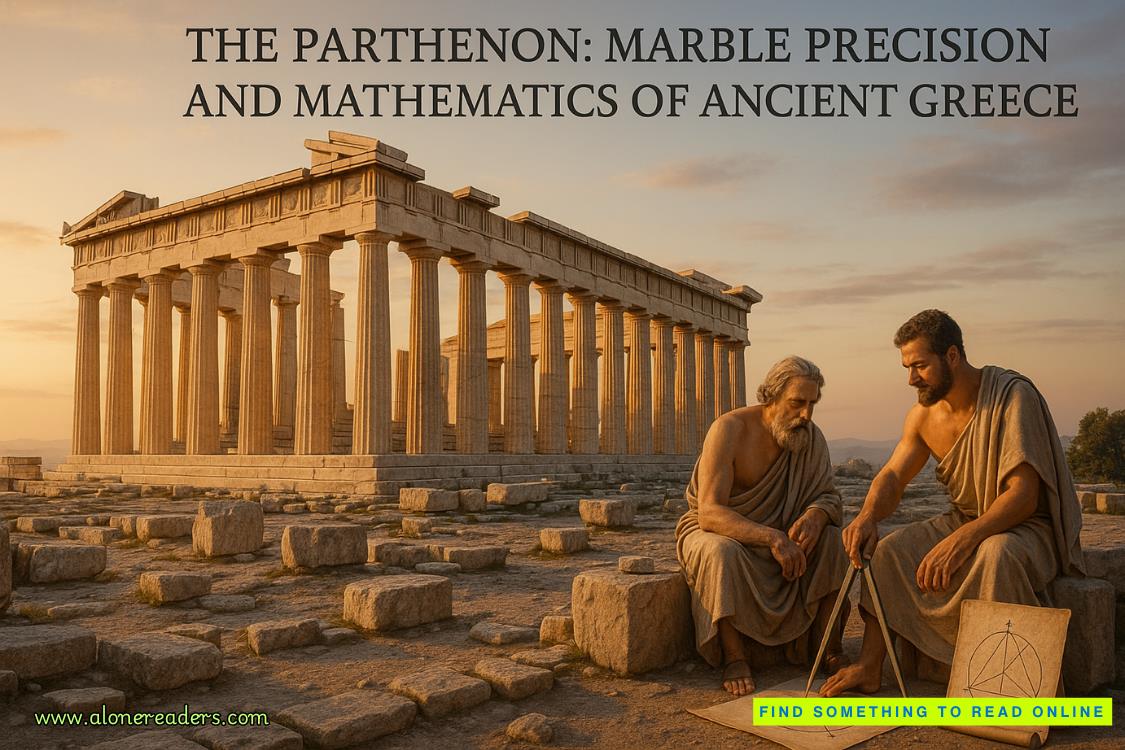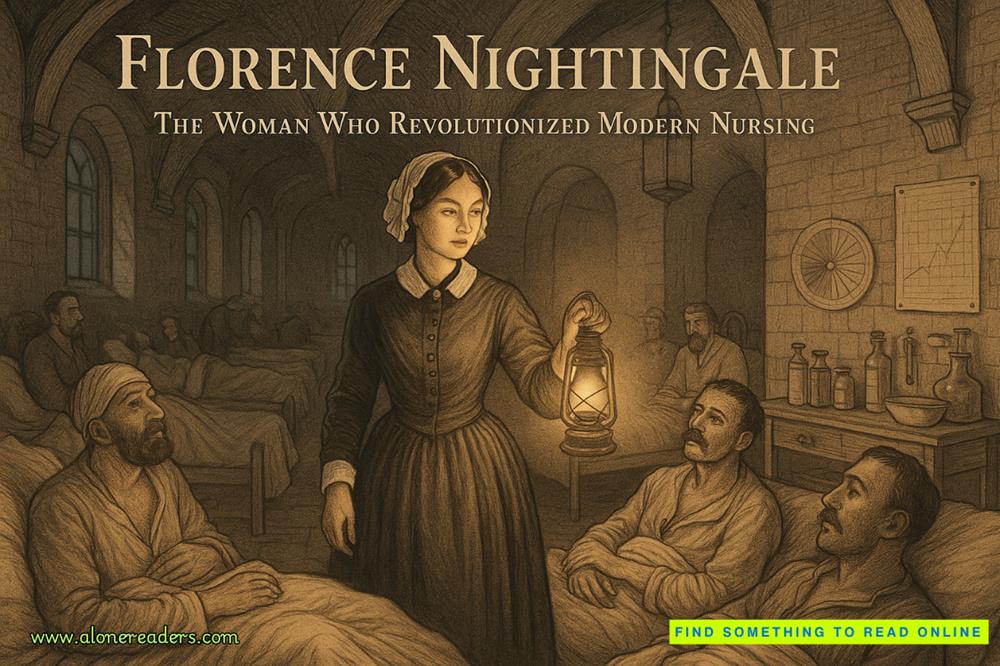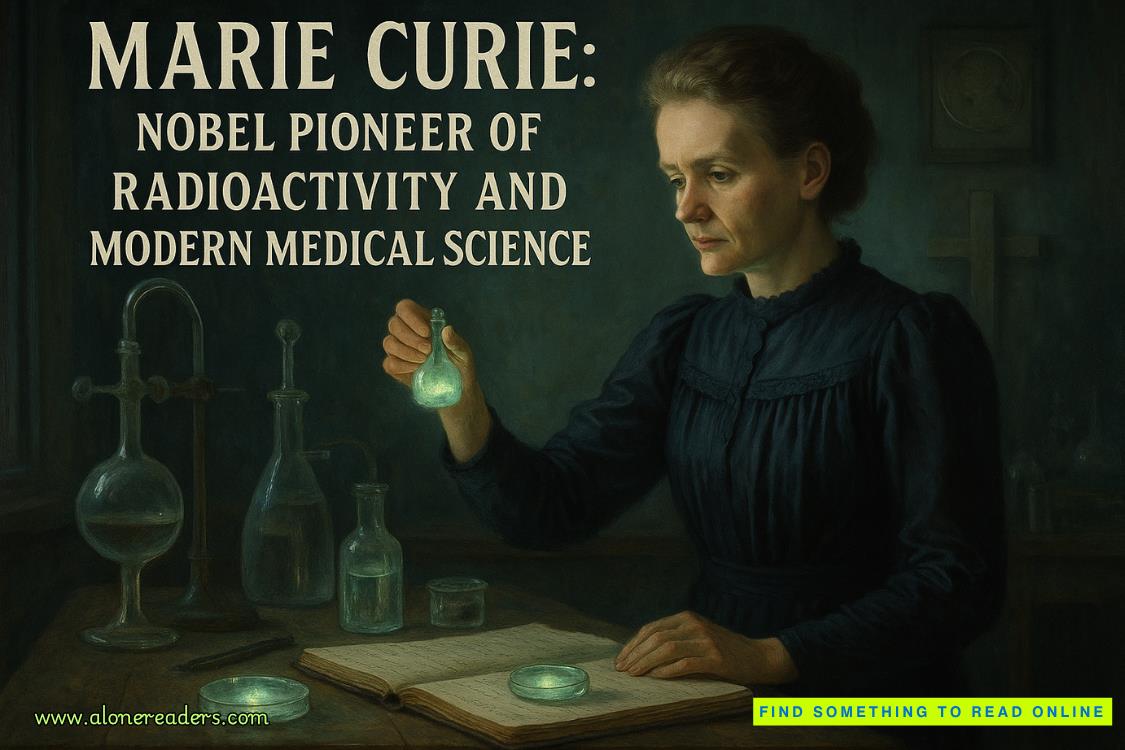Page 20 of The Night Circus
He is halfway home when he realizes he never told the girl his name.
Associates and Conspirators
LONDON, FEBRUARY 1885
Midnight Dinners are a tradition at la maison Lefèvre. They were originally concocted by Chandresh on a whim, brought about by a combination of chronic insomnia and keeping theatrical hours, along with an innate dislike of proper dinner-party etiquette. There are places to get a meal after hours, but none of these places particularly suit Chandresh’s tastes.
So he began throwing elaborate, multicourse dinners, with the first course to be served at midnight. Always precisely at midnight, at the moment the grandfather clock in the foyer begins to chime, the first plates are placed on the table. Chandresh feels it adds a sense of ceremony. The earliest Midnight Dinners were small, intimate gatherings of friends and colleagues. Over time they have become more frequent and more extravagant, eventually turning into something of an underground sensation. An invitation to a Midnight Dinner is coveted in certain circles.
They are selective, these dinners. Though occasionally there may be as many as thirty people, there are often as few as five. Twelve to fifteen guests is somewhat standard. The cuisine is exquisite regardless of the number of guests.
Chandresh never provides menus for these events. Some similar dinners, if there were dinners that could be considered similar, might have calligraphed menus on sturdy paper describing each course in great detail, or perhaps just listing an intriguing title or name.
But the Midnight Dinners have an air of nocturnal mystery already, and C
handresh finds that providing no menu, no map of the culinary route, adds to the experience. Dish after dish is brought to the table, some easily identifiable as quail or rabbit or lamb, served on banana leaves or baked in apples or garnished with brandy-soaked cherries. Other courses are more enigmatic, concealed in sweet sauces or spiced soups; unidentifiable meats hidden in pastries and glazes.
Should a diner inquire as to the nature of a particular dish, question the origin of a bite or a seasoning, a flavor she cannot put her finger on (for even those with the most refined of palates can never identify each and every flavor), she will not be met with a satisfying answer.
Chandresh will remark that “the recipes belong to the chefs themselves and I am not one to deny them their privacy.” The curious guest will return to the mysterious plate in front of her, perhaps remarking that, whatever the secrets, the dish is quite impressive, and continuing to wonder where the peculiar flavor might originate as she savors each bite with profound thoughtfulness.
Conversation at these dinners is largely reserved for the time between courses.
In truth, Chandresh prefers not to know all the ingredients, not to understand each technique. He claims such ignorance gives each dish life, makes it more than the sum of its parts.
(“Ah,” remarked one guest when the topic arose. “You prefer not to see the gears of the clock, as to better tell the time.”)
The desserts are always astonishing. Confections deliriously executed in chocolate and butterscotch, berries bursting with creams and liqueurs. Cakes layered to impossible heights, pastries lighter than air. Figs that drip with honey, sugar blown into curls and flowers. Often diners remark that they are too pretty, too impressive to eat, but they always find a way to manage.
Chandresh never reveals the identity of his chefs. One rumor supposes that he has culinary geniuses from around the world kidnapped and imprisoned in his kitchens, where they are forced by questionable means to cater to his every whim. Another implies that the food is not cooked on the premises and instead is imported from the best restaurants in London, paid extra to stay open for the late hour. This rumor often results in debates on methods of keeping hot food hot and cold food cold, which never come to any satisfying conclusions and tend to make the debaters rather hungry.
Regardless of its origin, the food is always delectable. The decor in the dining room (or rooms, depending on the size of the event) is as extraordinary as it is in the rest of the house, in sumptuous reds and golds with art and artifacts from across the globe displayed on every available surface. Everything is lit with glowing chandeliers and copious candles, so that the light is not bright but deep and warm and bubbling.
There is often entertainment of some sort or another: dancers, conjurers, exotic musicians. The more intimate gatherings are typically accompanied by Chandresh’s personal pianist, a beautiful young woman who plays continuously throughout the entire evening and never speaks a word to anyone.
They are dinner parties like any other, though the ambiance and the late hour makes them something else, something unusual and curious. Chandresh has an inherent flair for the unusual and curious; he understands the power of atmosphere.
On this particular night, the Midnight Dinner is a comparatively intimate one, with only five invited guests. And tonight’s dinner is not merely a social gathering.
The first to arrive (after the pianist, already playing) is Mme. Ana Padva, a retired Romanian prima ballerina who had been dear friends with Chandresh’s mother. He called her Tante Padva as a child, and continues to do so to this day. She is a stately woman, the grace of a dancer still visible through her advanced age, along with her impeccable sense of style. Her sense of style is the primary reason she is invited this evening. She is a fiend for aesthetics with an eye for fashion that is both unique and coveted, and provides her with a sizable income since her retirement from the ballet.
The woman is a magician with clothing, the papers say. A miracle worker. Mme. Padva dismisses these comments, though she does joke that with enough silk and an industrial-strength corset she could make Chandresh himself pass for the most fashionable of ladies.
On this evening, Mme. Padva wears a dress of black silk, hand embroidered with intricate patterns of cherry blossoms, something like a kimono reincarnated as a gown. Her silver hair is piled atop her head and held in place with a small jeweled black cage. A choker of perfectly cut scarlet rubies circles her neck, putting forth a vague impression of her throat having been slit. The overall effect is slightly morbid and incredibly elegant.
Mr. Ethan W. Barris is an engineer and architect of some renown, and the second of the guests to arrive. He looks as though he has wandered into the wrong building and would be more at home in an office or a bank with his timid manner and silver spectacles, his hair carefully combed to disguise the fact that it is beginning to thin. He met Chandresh only once before, at a symposium on ancient Greek architecture. The dinner invitation came as a surprise; Mr. Barris is not the type of man who receives invitations to unusual late-night social functions, or usual social functions for that matter, but he deemed it too impolite to decline. Besides, he has long desired a peek inside the Lefèvre town house, which is something of a legend amongst his colleagues who work in interior design.
Within moments of his arrival, he finds himself with a glass of sparkling wine in hand, exchanging pleasantries with a former prima ballerina. He decides then that he rather enjoys unusual late-night social functions, and should endeavor to attend them more frequently.
The Burgess sisters arrive together. Tara and Lainie do a little bit of everything. Sometimes dancers, sometimes actresses. Once they were librarians, but that is a subject they will only discuss if heavily intoxicated. They have, of late, made something of a business of consulting. On any matter. They offer advice on subjects ranging from relationships and finance to travel and shoes. Their secret (which they will also discuss if properly intoxicated) is their highly developed skill of observation. They see every detail, notice the tiniest nuances. And if ever Tara were to miss something, Lainie would catch her oversight (and vice versa).
They find they enjoy resolving other people’s issues via suggestion more than doing all the work themselves. It is more satisfying, they say.
They look similar: both have the same waves of chestnut hair and large, bright hazel eyes that make them appear younger than they actually are, not that either will admit their age or disclose which one of them is older. They wear fashionable gowns that do not match exactly but coordinate beautifully, one complementing the other.
Mme. Padva greets them with the practiced disinterest she reserves for pretty young things, but warms when they enthusiastically compliment her hair and jewels and dress. Mr. Barris finds himself somewhat smitten with both of them, though it might be the wine. He has a fair amount of difficulty understanding their heavy Scottish accents, if they are Scottish at all. He is not entirely sure.
The last guest arrives shortly before dinner, just as the rest of the guests are being seated and the wine is being poured. He is a tall man of indeterminate age with indistinct features. He wears a spotless grey suit with tails and gives his top hat and cane at the door, and a card with the name “Mr. A. H—.” He nods politely at the other guests as he sits, but says nothing.















